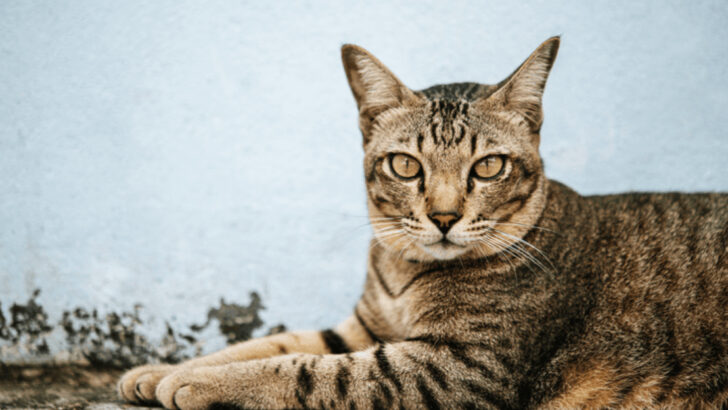No two tabby cats look exactly alike, but they all share a secret—stripes, swirls, and spots written in their DNA like a wild feline blueprint.
Ever noticed that mysterious “M” on a tabby’s forehead? Some say it’s a mark of ancient royalty, others claim it’s a blessing from the stars. Whatever the truth, one thing is certain: tabby cats wear their patterns like tiny, domestic tigers.
From classic stripes to bold marbling, their coats tell a story of survival, evolution, and just a little bit of mischief.
What makes these patterns so special? Let’s unravel the 13 fascinating facts behind the tabby’s unmistakable look!
Genetic Heritage

The distinctive look of tabby cats largely stems from their genetic makeup. The tabby pattern is one of the oldest and most widespread among domestic cats, derived from their wild ancestors. These patterns provide excellent camouflage in natural environments, aiding in hunting and survival. Today, the tabby’s striking appearance is a testament to its evolutionary past. With roots tracing back to the African wildcat, the tabby’s distinctive markings are a blend of their ancestral need for stealth and the delightful diversity bred into domestic cats.
The Classic ‘M’ Marking
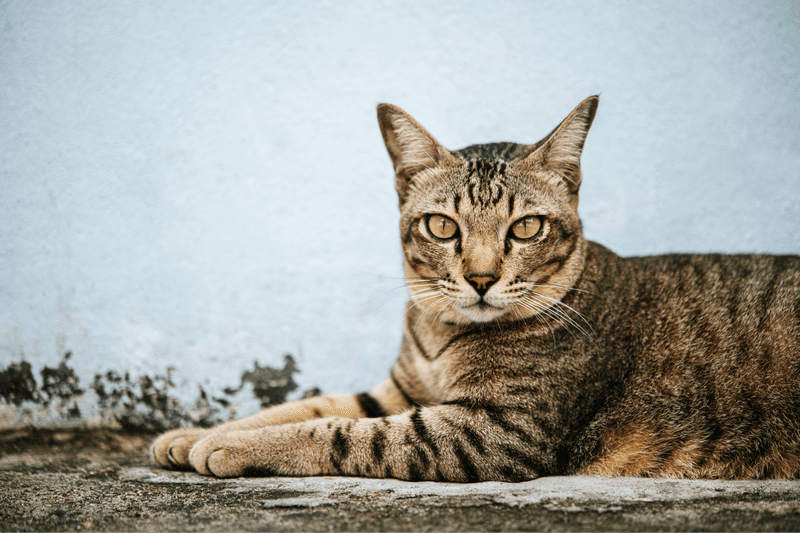
One of the most iconic features of tabby cats is the ‘M’ shape on their foreheads. This marking is a defining characteristic and is steeped in folklore and myth. Some believe it represents the word ‘Mau,’ an ancient term for cat, while others see it as a blessing from a deity. Regardless of its origins, the ‘M’ marking is an endearing trait that adds to the unique charm of tabby cats. Its presence across different tabby breeds signals a shared genetic lineage, knit together by nature’s enigmatic design.
Four Distinct Patterns
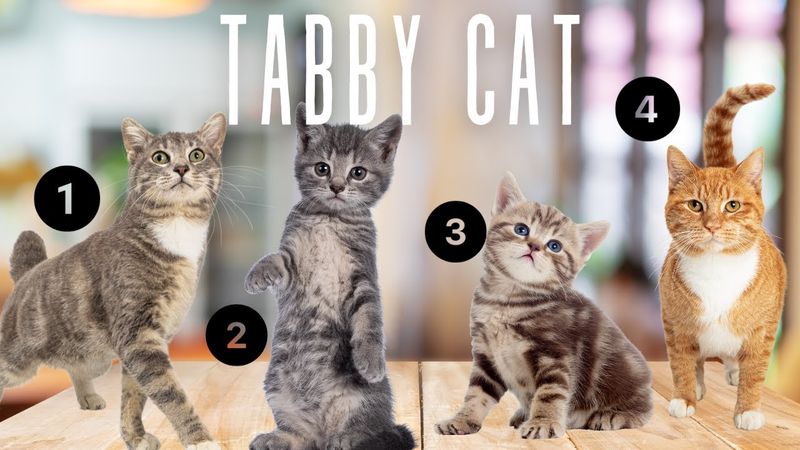
Tabby cats are not uniform in their patterns. They come in four main varieties: mackerel, classic, spotted, and ticked. Each pattern has its own distinct appearance, from the linear stripes of the mackerel to the swirling patterns of the classic. Spotted tabbies feature spots rather than stripes, while ticked tabbies have a more subtle, speckled coat. These variations are controlled by specific genes and provide an intriguing glimpse into the complexity of feline genetics. Each pattern is a masterpiece of natural artistry, reflecting the stunning diversity of the animal kingdom.
Agouti Gene Influence

The agouti gene plays a crucial role in defining the appearance of a tabby cat. This gene causes the individual hairs to have bands of different colors, contributing to the tabby’s distinctive look. When the agouti gene is active, it produces the ticked pattern, giving the fur a shimmering effect. The gene’s activity can vary, influencing the clarity and contrast of the tabby markings. This genetic mechanism is a fascinating example of how intricate and dynamic the genetic code can be, shaping the appearance of these beloved pets.
Color Variations

Tabby cats are known for their range of colors, which can include brown, grey, orange, and silver. The diversity in color is due to various genetic factors and mutations. The base color of a tabby can affect its overall appearance, with some tabbies appearing more vibrant than others. This range of colors not only adds to the visual appeal of tabby cats but also reflects their genetic diversity. Each color variation tells a story of ancestral heritage and evolutionary adaptation, contributing to the rich tapestry of feline beauty.
Historical Significance
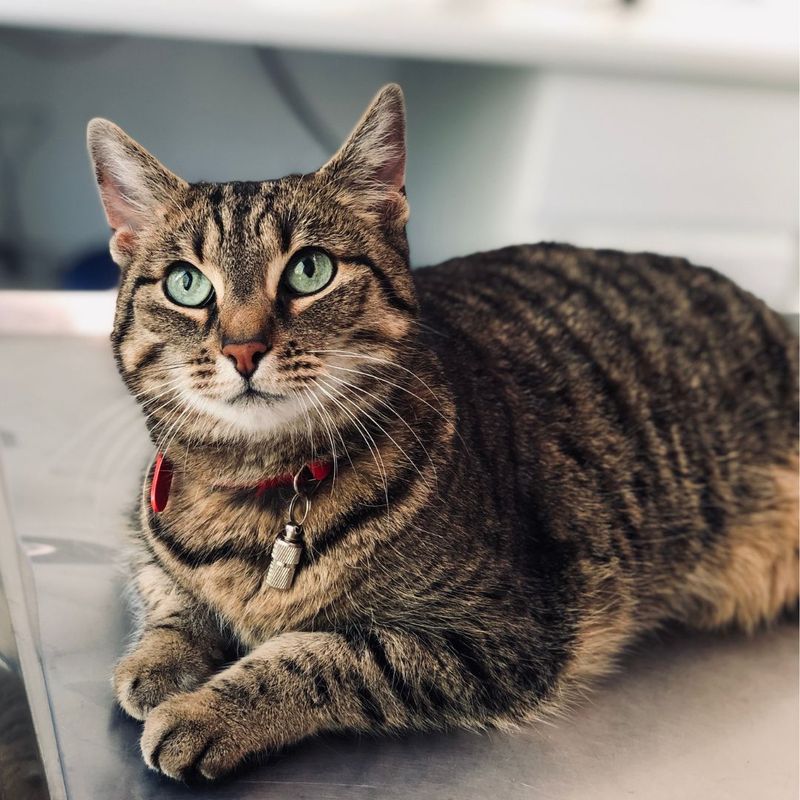
Tabby cats have a rich history intertwined with human culture. In ancient Egypt, they were revered for their hunting prowess and became symbols of grace and protection. Their appearances in art and mythology highlight their importance in various civilizations. The tabby’s distinctive patterns and markings were likely admired and valued by early societies for their beauty and utility. As a result, tabby cats have been celebrated and cherished throughout history, their unique look capturing the imagination of people across different cultures and eras.
Environmental Adaptation
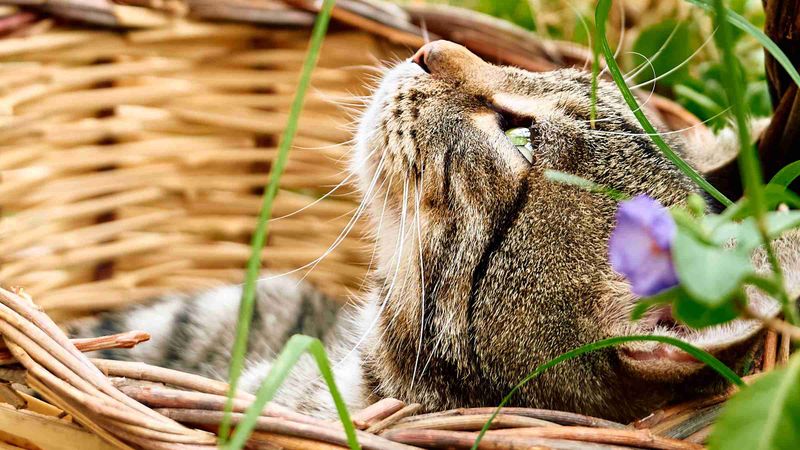
The tabby cat’s appearance is not just for show; it’s an evolutionary adaptation. Their markings provide excellent camouflage, allowing them to blend into various environments. This adaptability increased their chances of survival in the wild, as they could more easily stalk prey and avoid predators. Today’s domestic tabbies retain these ancestral traits, their coats serving as a reminder of their wild heritage. This natural camouflage illustrates the ongoing influence of survival instincts, even in domesticated cats, showcasing nature’s timeless ingenuity.
Personality Traits Associated with Coat Patterns

Some believe that a tabby cat’s coat pattern can be linked to its personality. While this is more folklore than science, many tabby owners report that their cats are particularly sociable and affectionate. The idea that coat patterns influence behavior adds an intriguing layer to our understanding of these cats. Whether true or not, the perceived connection between appearance and personality endears tabby cats even more to their human companions. This belief enhances their charm, making them loved and appreciated by cat enthusiasts around the world.
The Role of Melanocytes
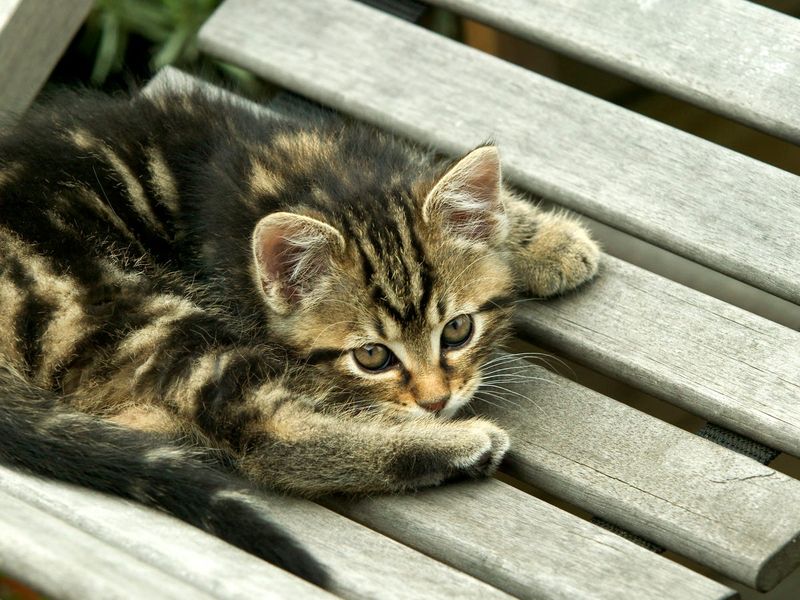
Melanocytes are specialized cells that produce pigment in a cat’s skin and hair, playing a significant role in the color patterns of tabbies. These cells determine the intensity and distribution of color in a tabby’s coat. Variations in melanocyte activity can result in different shades and patterns, contributing to the unique appearance of each tabby. This cellular process exemplifies the complexity of color production in animals, highlighting the intricate biological mechanisms that create the striking and varied coats of tabby cats.
Selective Breeding Impact
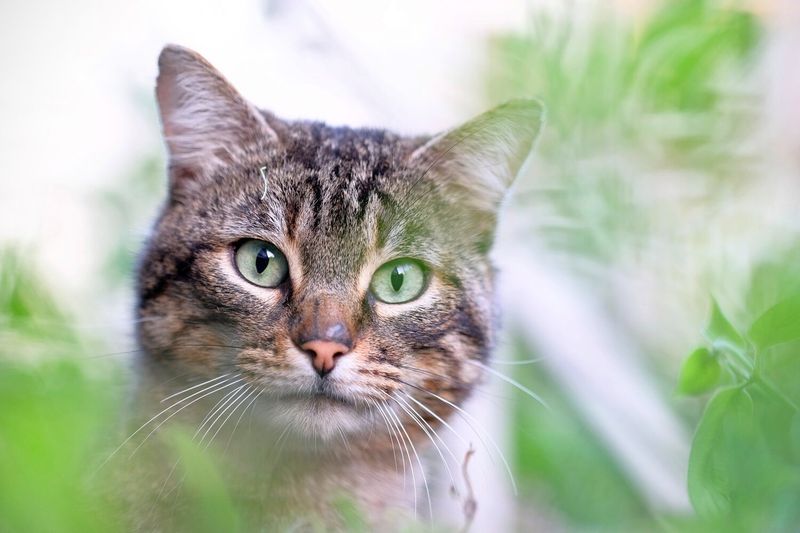
Selective breeding has significantly influenced the appearance of tabby cats. Breeders often choose specific traits to enhance or preserve, leading to the wide array of patterns and colors we see today. This practice has allowed for the intentional development of certain looks, while still maintaining the natural charm of tabby cats. Though their genetic diversity has been shaped by human hands, the authenticity of their natural beauty persists. Selective breeding showcases the harmonious blend of nature and human intervention in shaping the modern tabby cat.
Cultural Depictions
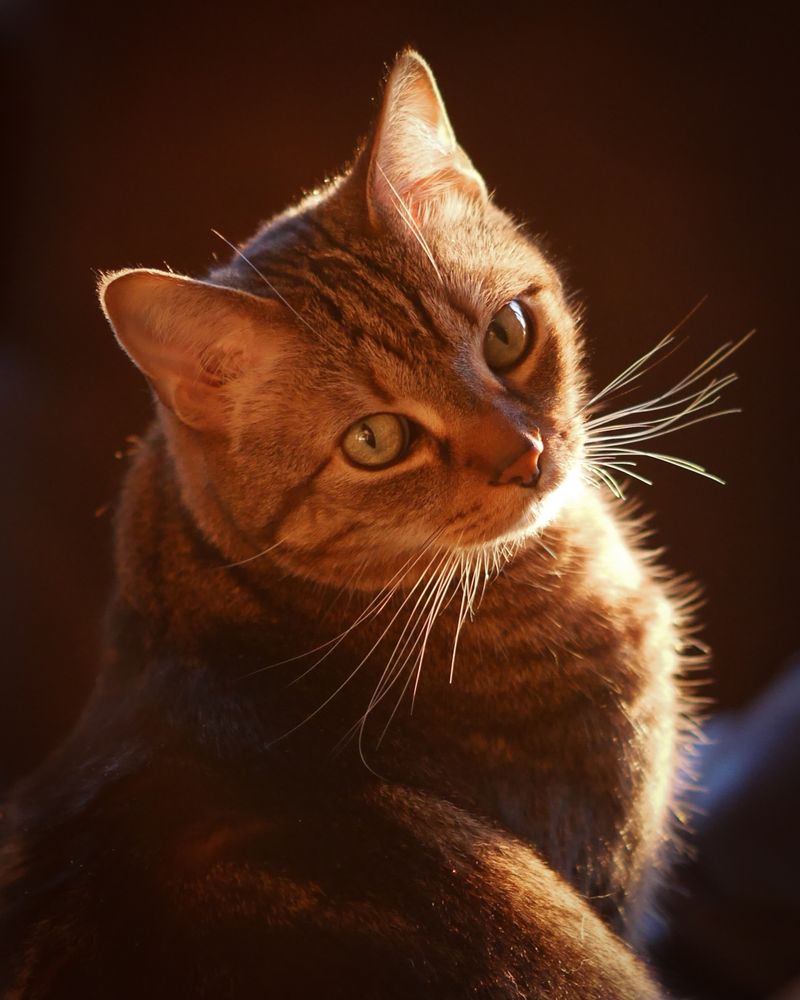
Tabby cats have appeared in numerous cultural depictions, from literature to art. Their unique look has inspired artists and writers, who often use their striking appearances to symbolize mystery, elegance, and independence. These cultural representations have cemented the tabby’s status as a beloved and recognizable figure in the arts. Whether in a classic novel or a modern painting, the tabby cat continues to capture the imagination. These depictions reflect the deep appreciation for their beauty and character, resonating across generations and societies.
The Influence of Diet on Coat
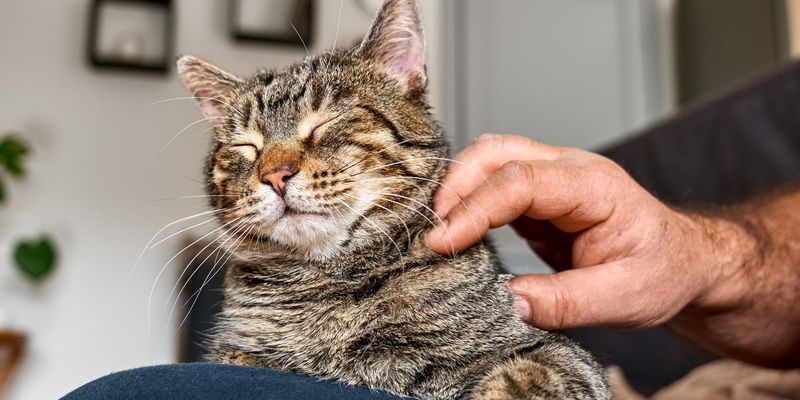
Diet can influence the vibrancy and health of a tabby cat’s coat. A balanced diet rich in essential nutrients supports a healthy skin and fur condition. Omega fatty acids, vitamins, and minerals contribute to a glossy, vibrant coat, enhancing the tabby’s distinctive patterns. Pet owners can impact their tabby’s appearance by providing proper nutrition, tailoring diets to meet specific health needs. This connection between diet and appearance underscores the importance of proper care, revealing how everyday choices can affect the overall look and health of tabby cats.
Age-Related Changes
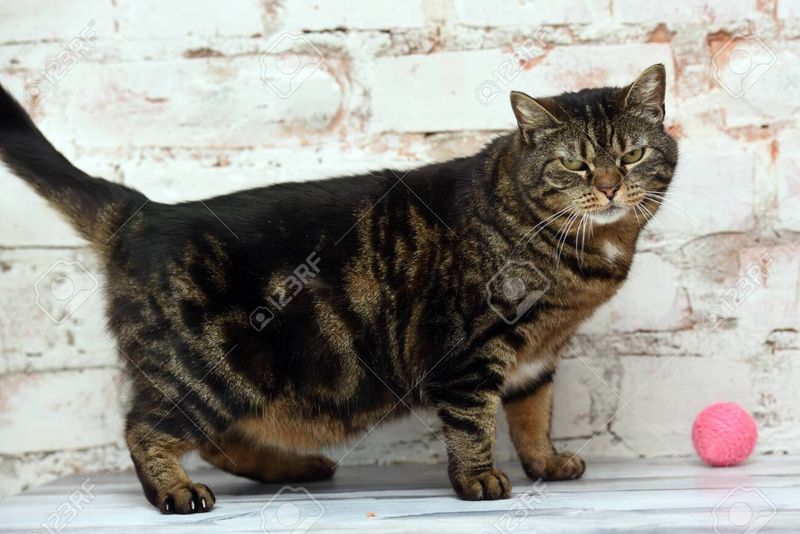
As tabby cats age, their coats can undergo noticeable changes. Older tabbies may develop gray hairs or experience a fading of their markings. These changes are a natural part of the aging process, reflecting the life journey of each feline. While some owners might find these changes surprising, they add a new dimension to the tabby’s appearance, symbolizing wisdom and maturity. Observing these transitions can remind us of the passage of time and the unique story each tabby cat carries with it throughout its life.

